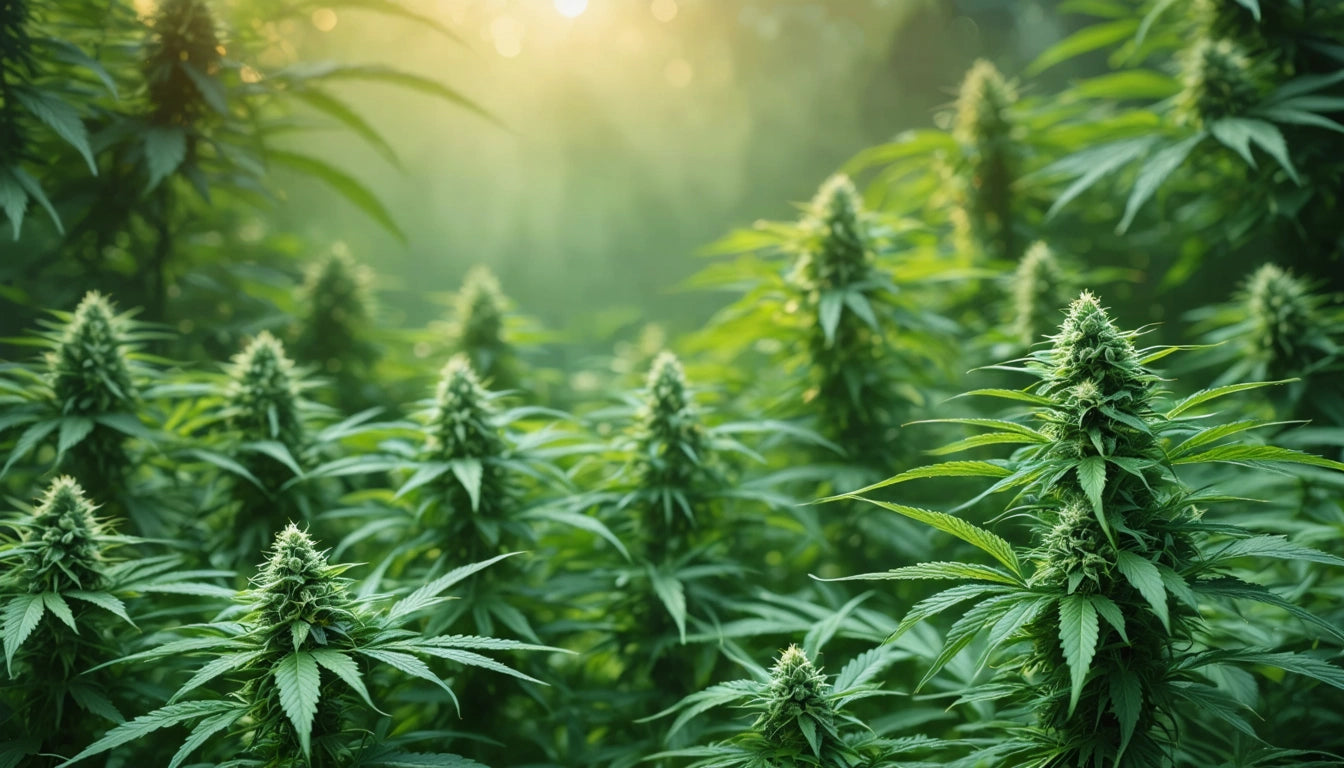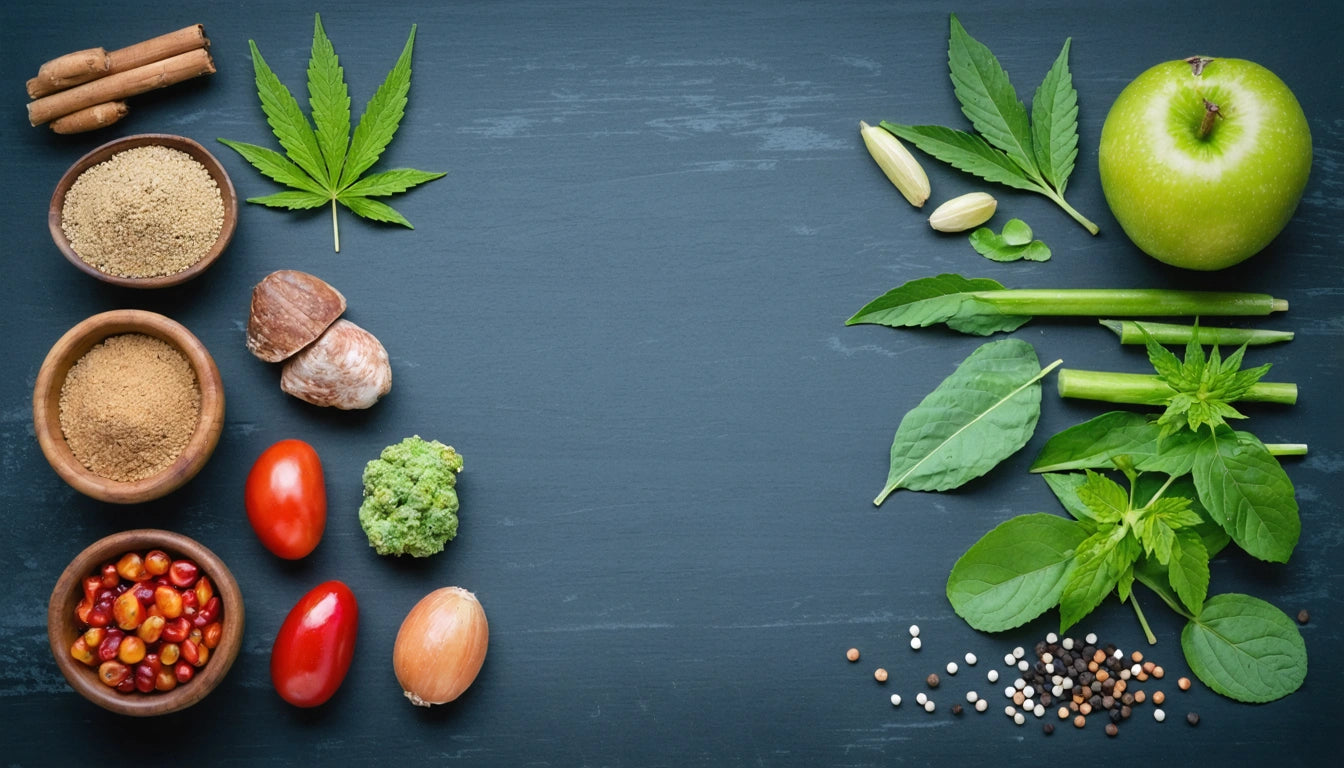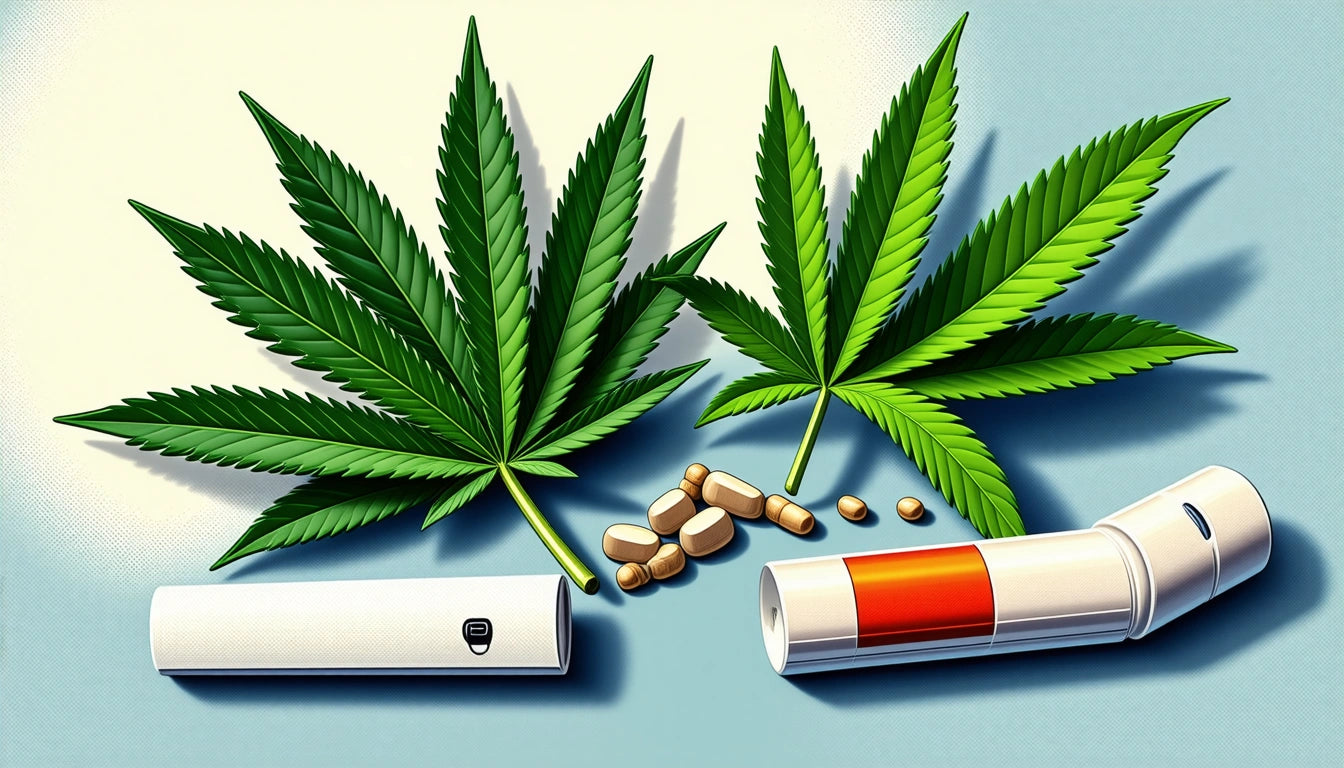Table of Contents
The Ultimate Guide to Growing Autoflowering Cannabis: Tips and Techniques
Autoflowering cannabis has revolutionized home cultivation with its user-friendly growth cycle and compact size. Unlike photoperiod strains that require specific light schedules to trigger flowering, autoflowers transition automatically based on age rather than light exposure. This comprehensive guide will walk you through everything you need to know about how to grow autoflowering plants successfully.
Understanding Autoflower Genetics
Autoflowering cannabis contains ruderalis genetics, which evolved in harsh northern climates where growing seasons are short. This adaptation allows these plants to flower automatically regardless of light cycle, typically beginning around 3-4 weeks after germination.
When learning how to grow autoflower seeds, it's important to understand that these genetics influence several key characteristics:
- Shorter life cycles (typically 8-10 weeks from seed to harvest)
- Compact growth patterns (usually 1-4 feet tall)
- Resilience to temperature fluctuations
- Less demanding light requirements
Optimal Growing Environment
Whether you're growing indoors or outdoors, creating the right environment is crucial for autoflowering cannabis.
Indoor Growing
For indoor growers, autoflower cultivation requires:
- 18-20 hours of light throughout the entire cycle (though some growers use 24 hours)
- Temperature between 70-85 °F (21-29 °C) during light periods
- Humidity levels of 40-50% during flowering (higher during seedling stage)
- Good air circulation and ventilation
Outdoor Growing
When growing autoflowers outdoors:
- Plant after the last frost when temperatures consistently stay above 50 °F (10 °C)
- Choose a location with at least 6 hours of direct sunlight
- Consider multiple harvests in one season due to short growth cycles
Maintaining proper humidity is essential in both environments. Many experienced growers use humidity control packs to create optimal moisture conditions, especially during the curing phase when preserving terpenes and cannabinoids is crucial.
Germination and Seedling Stage
The early stages are critical when learning how to grow autoflowering strains. Since autoflowers have a predetermined life cycle, any stress during germination or the seedling phase can significantly impact final yields.
For successful germination:
- Use the paper towel method or plant directly into final containers
- Maintain temperature around 70-80 °F (21-27 °C)
- Keep humidity at 70-90%
- Use minimal, gentle lighting
Since autoflowers don't respond well to transplanting due to their short lifecycle, many growers recommend starting seeds in their final containers to avoid transplant shock.
Training Techniques
While traditional high-stress training methods can be risky with autoflowers, gentle low-stress training (LST) can significantly increase yields.
How to Low Stress Train Autoflowers
When implementing LST:
- Begin early (around day 15-20)
- Gently bend stems horizontally using soft plant ties
- Avoid aggressive bending or breaking of stems
- Focus on creating an even canopy to maximize light exposure
How to Defoliate Autoflowers
Defoliation must be approached cautiously:
- Remove only large fan leaves that block light to lower bud sites
- Avoid removing more than 20% of foliage at once
- Complete most defoliation before week 3-4 when flowering begins
Remember that autoflowers have limited time to recover from stress, so all training should be gentle and minimal compared to photoperiod plants.
Nutrition and Feeding
Autoflowers generally require lighter feeding than photoperiod strains. A common mistake is overfeeding, which can lead to nutrient burn.
For optimal nutrition:
- Start with light feeding ( ¼ to ½ strength) and gradually increase
- Use vegetative nutrients for the first 2-3 weeks
- Transition to bloom nutrients when flowering begins
- Consider organic living soil which can provide nutrients throughout the lifecycle
Many successful autoflower growers prefer specific growing mediums like coco coir mixed with perlite for better control over nutrients and water retention.
Maximizing Yields
To get bigger buds on autoflowers, several factors must work together:
- Genetics: Start with high-yielding autoflower strains
- Container size: 3-5 gallon pots typically provide the best balance
- Light intensity: Powerful LED or HPS lighting during flowering
- Strategic LST to create more bud sites
- Proper nutrient timing, especially phosphorus and potassium during bloom
Understanding the autoflower timeline helps growers provide the right care at each stage, maximizing potential yields.
Harvesting and Curing
Knowing when and how to harvest is crucial for potency and flavor. Most autoflowers are ready to harvest when:
- Trichomes are mostly cloudy with some amber (check with a jeweler's loupe)
- Pistils have darkened and curled inward
- Fan leaves begin to yellow and fall
- The plant has reached its expected flowering time (typically 7-9 weeks from first flowers)
After harvesting, proper drying and curing are essential for quality. Maintain 60% humidity and temperatures around 60-70 °F (15-21 °C) during curing to preserve terpenes and cannabinoids.
Advanced Strategies for Experienced Growers
Once you've mastered the basics of how to grow an autoflower, you can explore advanced techniques:
- Perpetual harvests by staggering planting dates
- Sea of Green (SOG) methods with multiple small plants
- Experimenting with different light spectrums for specific effects
- Targeted defoliation for maximum light penetration
Understanding what happens if you let an autoflower keep growing past its ideal harvest window is also important. Unlike photoperiod plants that can revegetate, autoflowers will continue to flower but may develop fox-tailing, reduced potency, or increased CBN content as trichomes degrade.
By following these guidelines and comprehensive growing practices, even beginners can achieve impressive results with autoflowering cannabis. The key is working with their natural growth cycle rather than against it, providing consistent care, and selecting quality genetics from the start.











Leave a comment
All comments are moderated before being published.
This site is protected by hCaptcha and the hCaptcha Privacy Policy and Terms of Service apply.